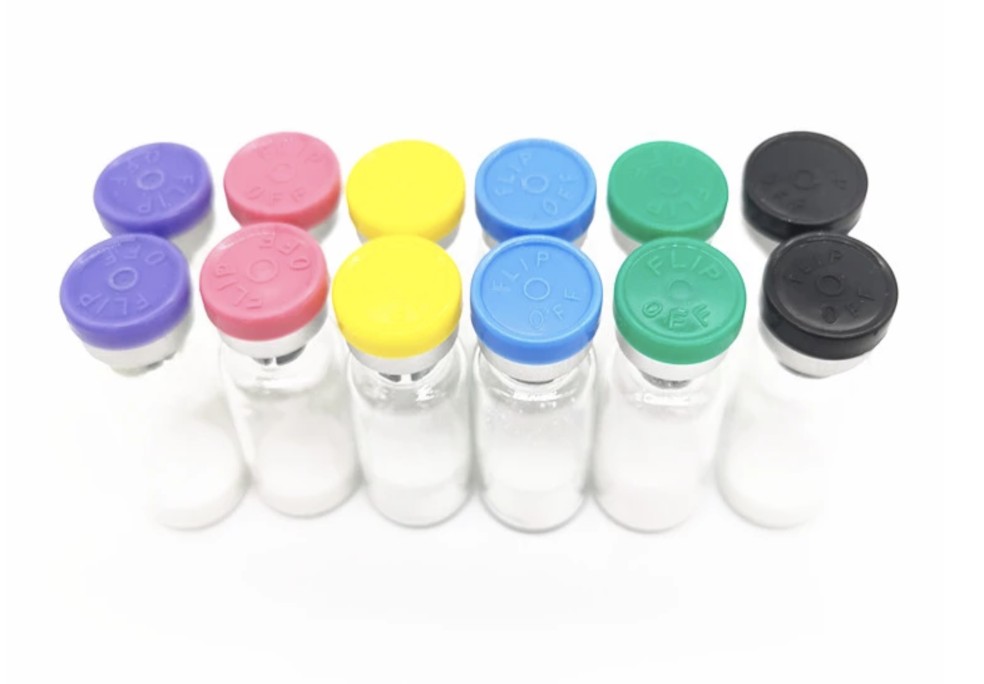Carbetocin Acetate
Séquence: Butyryl-Tyr(Me)-Ile-Gln-Asn-Cys-Pro-Leu-Gly-NH2 (Sulfide bond between Butyryl-4-yl and Cys)
CAS: 37025-55-1
Apparence: poudre blanche
EINECS: 253-312-6
M. F.: C45H69N11O12S
MW: 988.17
Specific Optical Rotation D(c=1,1%HAc): -38.0~-42.0°
Teneur en eau(Karl Fischer): ≤5.0%
Teneur en acétate(par CLHP): ≤12,0 %
Composition en acides aminés: ±10% de la théorie
Pureté (par CLHP): ≥98,0 %
Impureté unique(par CLHP): ≤1,0%
Teneur en peptides(by N%): ≥80%
Essai(Par anhydre, Sans acide acétique ): 97.0~103,0 %
Endotoxines bactériennes: ≤5EU/mg
Usage:An obstetric drug used to control postpartum hemorrhaging.
Carbetocin (AUBERGE, BAN) (brand names Duratocin, Pabal, Lonactene, Depotocin, Comoton, Decomoton), or 1-butanoic acid-2-(O-methy-L-tyrosine)-1-carbaoxytocin, is an oxytocic used in obstetrics to control postpartum hemorrhage and bleeding after giving birth, particularly following Cesarean section. It is an eight amino acid long analogue of oxytocin (a nonapeptide) et, in accordance, has a similar action. Carbetocin primarily agonizes peripherally expressed oxytocin receptors.
Carbetocin is an oxytocic used in obstetrics to control postpartum hemorrhage and bleeding after giving birth, particularly following Cesarean section. It is an eight amino acid long analogue of oxytocin (a nonapeptide) et, in accordance, has a similar action. Carbetocin primarily agonizes peripherally expressed oxytocin receptors.






















